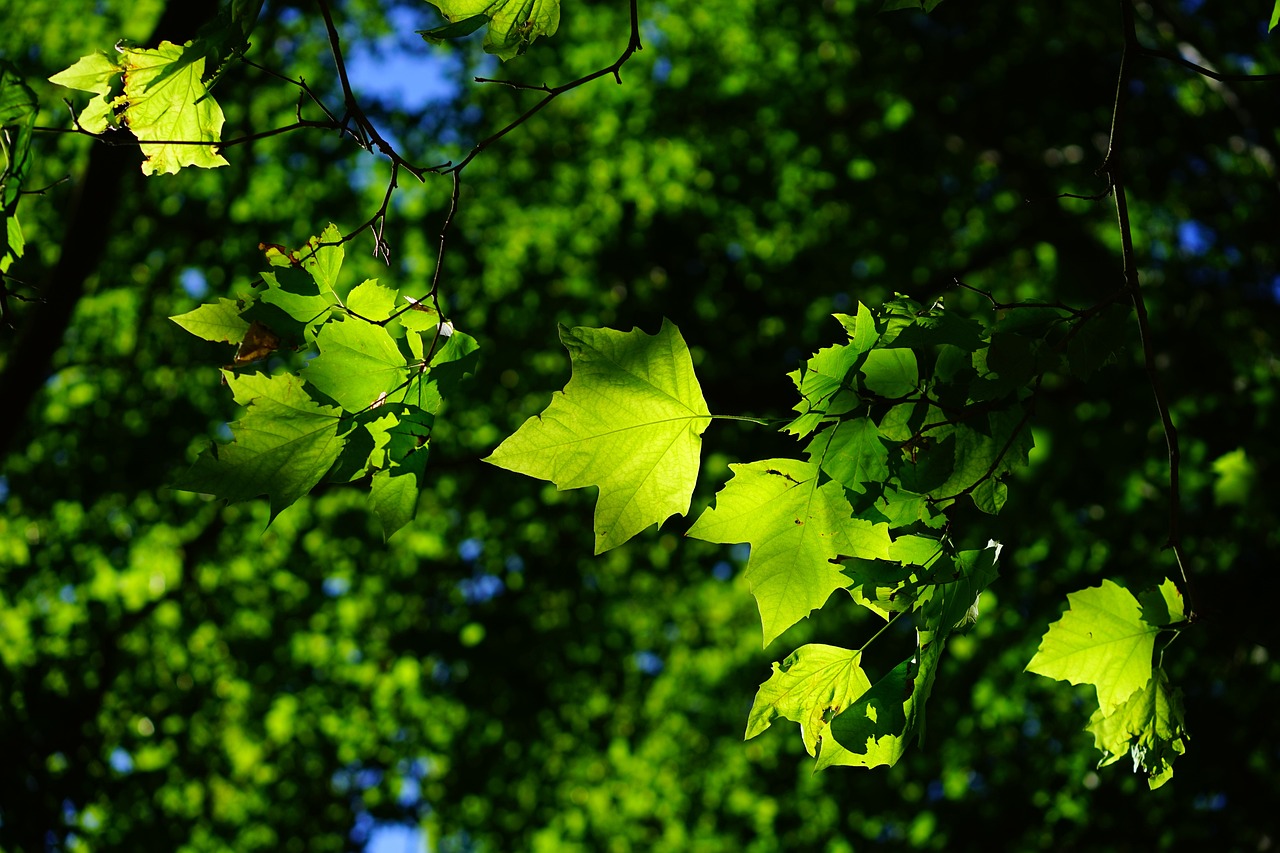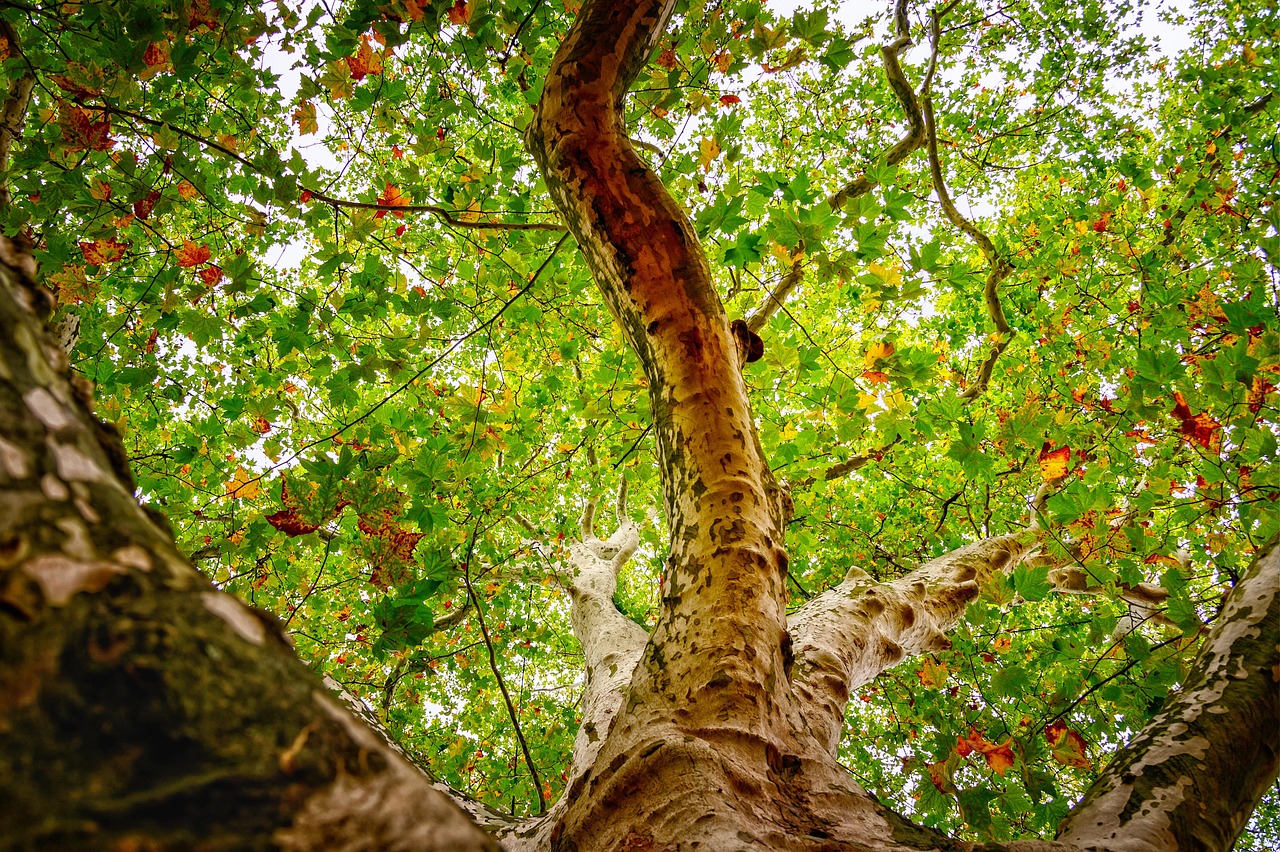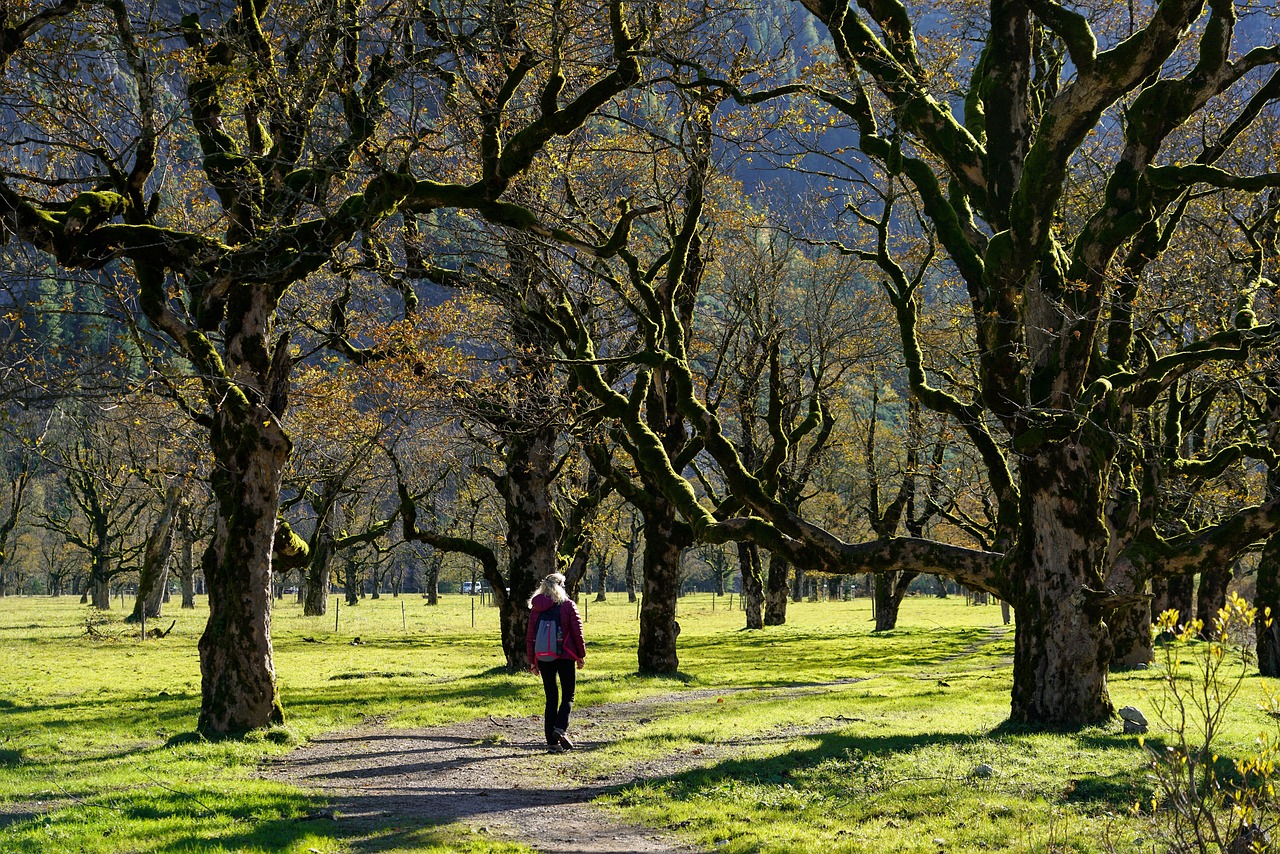Sycamore wood lumber veneer is widely used in furniture making, cabinetry, flooring, musical instruments, and decorative applications. Its unique grain patterns and durability make it a popular choice for both aesthetic and functional purposes.
Understanding Sycamore Wood

Sycamore wood comes from the sycamore tree, known scientifically as Platanus. This hardwood is characterized by its light color, which can range from cream to light brown. The tree is native to various regions, including North America and parts of Europe. Sycamore is appreciated for its stability and resistance to warping, making it suitable for a variety of woodworking projects.
One of the remarkable features of sycamore wood is its distinctive grain pattern. It often displays a swirled or mottled appearance, which adds visual interest to any piece made from it. Additionally, the wood has a fine texture that can be easily sanded and finished, enhancing its natural beauty further.
Properties of Sycamore Wood
The properties of sycamore wood contribute significantly to its versatility in various applications. Here are some key characteristics:
- Durability: Sycamore is known for its strength and durability. It can withstand wear and tear, making it ideal for high-traffic areas.
- Workability: The wood is relatively easy to work with using both hand and power tools.
- Finishing: Sycamore accepts stains and finishes well, allowing for a variety of aesthetic options.
- Moisture Resistance: This wood has some natural resistance to moisture, reducing the likelihood of warping or cracking.
Common Uses for Sycamore Wood Lumber Veneer
Sycamore lumber veneer is used in various applications due to its attractive appearance and favorable properties. Below are some common uses:
- Furniture: Sycamore is often used in making tables, chairs, and cabinets. Its aesthetic appeal enhances the overall look of the furniture.
- Cabinetry: The wood is a popular choice for kitchen and bathroom cabinets, providing a warm and inviting feel.
- Flooring: Sycamore’s durability makes it suitable for hardwood flooring. It can withstand foot traffic while adding beauty to a space.
- Musical Instruments: The tonal qualities of sycamore make it an excellent material for certain musical instruments, such as guitars and pianos.
- Decorative Veneers: Its unique grain patterns make sycamore ideal for decorative veneers used in wall paneling and other interior applications.
The Benefits of Using Sycamore Wood
Choosing sycamore wood for your projects comes with several benefits. Some of the advantages include:
| Benefit | Description |
|---|---|
| Aesthetic Appeal | Sycamore wood has a beautiful grain pattern that enhances the look of any project. |
| Versatility | It can be used in various applications, from furniture to flooring. |
| Sustainability | Sycamore trees are abundant, making the wood a sustainable choice for environmentally-conscious consumers. |
The combination of these benefits makes sycamore an excellent choice for both professional woodworkers and DIY enthusiasts alike. Its adaptability allows it to fit into various design schemes while providing functional benefits that enhance any project.
Exploring the Aesthetic Qualities of Sycamore Wood
The aesthetic qualities of sycamore wood make it a sought-after material in various design contexts. Its light color and unique grain patterns are not only visually appealing but also versatile enough to complement different styles. The natural hues of sycamore can range from pale cream to a light brown, giving it a fresh, modern look.
When finished properly, sycamore wood exhibits a smooth and polished surface that enhances its natural beauty. This quality makes it an excellent choice for applications where visual impact is essential. Designers and craftsmen often highlight its natural grain through specialized finishing techniques.
Visual Characteristics of Sycamore Wood
Sycamore wood is known for specific visual characteristics that set it apart from other hardwoods. These include:
- Variegated Grain Patterns: Sycamore often features a unique combination of straight and wavy grain patterns, which can create striking visual effects.
- Color Variation: The color of sycamore can vary considerably within a single piece, adding depth and interest to the finished product.
- Soft Luster: When polished, sycamore wood has a soft luster that enhances its attractiveness without being overly shiny.
Applications in Furniture Design
One of the most popular uses for sycamore wood is in furniture design. Its durability, coupled with its aesthetic appeal, makes it suitable for various types of furniture. Below are some specific applications within furniture design:
- Tables: Sycamore is commonly used in dining tables and coffee tables due to its strength and beauty. The unique grain can be showcased on tabletops, creating a focal point in any room.
- Chairs: The wood’s durability allows it to be used in chair construction. Sycamore chairs offer both comfort and style, making them perfect for dining or accent seating.
- Cabinets: Its resistance to wear makes sycamore an excellent choice for cabinets. The wood can be used in both kitchen and bathroom cabinetry, providing an elegant look.
- Desks: Office desks made from sycamore can provide a professional appearance while also ensuring longevity and stability.
Sycamore Wood in Musical Instruments
The unique tonal properties of sycamore wood make it an excellent choice for crafting musical instruments. Various instruments benefit from its sound qualities, including:
- Guitars: Sycamore is used in the back and sides of acoustic guitars. It provides a balanced tone with good projection.
- Pianos: Some piano manufacturers use sycamore for the inner workings and casing, taking advantage of its resonance properties.
- Woodwind Instruments: The wood is also utilized in certain woodwind instruments due to its ability to produce warm tones.
The Importance of Craftsmanship
The craftsmanship involved in working with sycamore wood plays a significant role in the final product’s quality and appearance. Skilled artisans understand the nuances of this material and know how to enhance its best features through careful design and finishing techniques. Proper joinery, sanding, and finishing can bring out the best in sycamore wood, ensuring that each piece is not only functional but also a work of art.
As artisans continue to explore the potential of sycamore wood, innovative designs are emerging that take full advantage of its characteristics. This ongoing creativity ensures that sycamore remains a relevant and exciting choice in both traditional and contemporary woodworking.

Sycamore Wood in Architectural Applications

Beyond its uses in furniture and musical instruments, sycamore wood has found a place in architectural applications. Its combination of strength, durability, and aesthetic appeal makes it suitable for various structural and decorative elements within buildings. Architects and designers appreciate sycamore for both its functional properties and its visual characteristics.
Structural Elements
Sycamore wood is often used in structural applications where strength is essential. Some common uses include:
- Beams and Joists: The wood’s strength makes it ideal for use as beams and joists in construction. Sycamore can support significant loads while maintaining integrity over time.
- Framing: Builders may utilize sycamore for framing walls, providing a sturdy foundation for various structures.
- Decking: Sycamore can be used for decking materials, offering a beautiful surface that withstands exposure to the elements.
Decorative Applications
In addition to its structural capabilities, sycamore wood is often employed for decorative purposes in architecture. Its unique grain and color can enhance the visual impact of various elements:
- Wall Paneling: Sycamore is frequently used for interior wall paneling. It adds warmth to spaces while showcasing the wood’s natural patterns.
- Trim and Moldings: The fine texture of sycamore makes it an excellent choice for trim and moldings, providing a polished finish that complements any design.
- Doors: Custom doors made from sycamore offer both beauty and durability, often becoming focal points in home design.
Sycamore Wood in Craftsmanship and Artistry
The versatility of sycamore wood also extends to craftsmanship and artistry. Artisans and craftsmen appreciate this material for its workability and aesthetic qualities, allowing them to create unique pieces that stand out.
Woodturning and Carving
Woodturning and carving enthusiasts often choose sycamore due to its ease of manipulation. This wood responds well to tools, allowing for intricate designs and smooth finishes. Some common applications include:
- Bowls: Sycamore is frequently used to create wooden bowls that highlight its grain patterns.
- Sculptures: Artists may carve sycamore into sculptures, taking advantage of its detailed grain.
- Handles: The wood is often used for making handles for tools or kitchen utensils, combining functionality with beauty.
Artisan Furniture Making
Artisan furniture makers gravitate towards sycamore for crafting unique, one-of-a-kind pieces. The material is ideal for custom projects, allowing artisans to explore innovative designs while maintaining durability:
- Custom Designs: Artisans can create bespoke furniture pieces that reflect individual tastes and styles using sycamore.
- Inlays and Accents: Sycamore’s grain can be incorporated into inlays or accents on other woods, creating visually striking combinations.
- Restoration Projects: The availability of sycamore makes it suitable for restoring antique furniture, ensuring that repairs maintain the original aesthetic.
The Environmental Impact of Using Sycamore Wood
As sustainability becomes increasingly important in woodworking and construction, sycamore wood offers environmentally friendly advantages. It is generally sourced from abundant populations, making it a sustainable option for consumers who are conscious of their ecological footprint.
The growth rate of sycamore trees allows for responsible harvesting practices. By choosing sycamore wood, consumers support sustainable forestry initiatives that aim to preserve forest ecosystems while providing high-quality materials for various uses.
Additionally, sycamore wood products are often biodegradable and can be recycled or repurposed at the end of their life cycle, further reducing environmental impact.
Innovative Uses of Sycamore Wood in Modern Design

As design trends evolve, sycamore wood continues to inspire innovation across various fields. From furniture making to interior design, its unique characteristics allow for creative applications that highlight both functionality and aesthetics. Here are some innovative uses of sycamore wood that are gaining popularity:
- Eco-friendly Products: With a growing demand for sustainable products, sycamore wood is used in creating eco-friendly goods. Items like reusable kitchenware, cutting boards, and utensils made from sycamore appeal to environmentally conscious consumers.
- Custom Art Installations: Artists are increasingly turning to sycamore wood for large-scale installations. Its aesthetic qualities lend themselves well to artistic expressions that require both strength and beauty.
- Architectural Features: Beyond structural elements, sycamore is utilized for unique architectural features such as custom staircases and decorative beams that enhance the character of a space.
- Lighting Fixtures: Designers are experimenting with sycamore in light fixtures, using it to create warm, inviting pieces that add a natural touch to modern interiors.
The Economic Considerations of Sycamore Wood
The economic impact of using sycamore wood is significant, not only for artisans and manufacturers but also for local economies that rely on forestry. By choosing sycamore, consumers often support local businesses and sustainable harvesting practices. Here are some economic factors to consider:
- Cost-Effectiveness: Sycamore is often more affordable than other hardwoods while still providing excellent quality and durability. This cost-effectiveness makes it accessible to a broader range of consumers.
- Job Creation: The forestry industry plays a crucial role in job creation. Sustainable practices surrounding sycamore harvesting can lead to increased employment opportunities in rural areas.
- Market Demand: As awareness of sustainable materials grows, the demand for sycamore wood is likely to increase. This trend can lead to better market prices for sycamore products, benefiting local economies.
Challenges and Considerations
While sycamore wood has numerous benefits, there are challenges that consumers and manufacturers should be aware of. Understanding these challenges can help in making informed decisions:
- Availability: Although sycamore trees are abundant, the availability of high-quality lumber can vary based on regional factors and environmental conditions.
- Processing Sensitivity: Sycamore wood may be susceptible to movement during drying. Proper drying techniques are essential to prevent warping and cracking.
- Market Competition: The popularity of other hardwoods may impact the market share of sycamore wood. Staying informed about market trends can help consumers make better purchasing choices.
Final Thoughts
Sycamore wood lumber veneer offers a wealth of possibilities across various applications, from furniture making to artistic endeavors. Its unique grain patterns, durability, and sustainability make it an attractive choice for both consumers and craftsmen alike. The environmental benefits tied to responsible harvesting practices further enhance its appeal in today’s eco-conscious market.
The versatility of sycamore wood means that it will continue to find new uses as designers and artisans explore its potential. With its rich history and promising future, sycamore wood stands out as a valuable material in woodworking and design. As we move forward, embracing sustainable materials like sycamore will play an essential role in shaping a more environmentally friendly future.
In conclusion, whether you are a woodworker, designer, or simply someone interested in high-quality materials, sycamore wood presents numerous opportunities for creativity and innovation. Its combination of beauty, strength, and sustainability makes it a top choice for various projects, ensuring that it will remain relevant in the world of woodworking and beyond.
